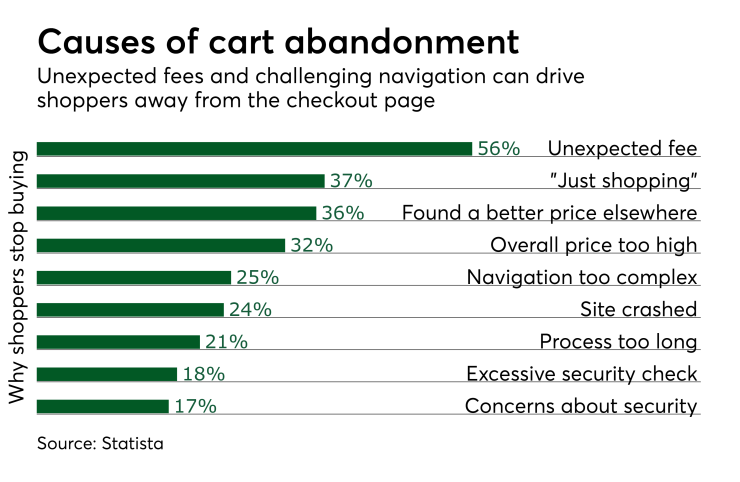Customer experience matters. Payment companies and financial institutions know full well that if they don't improve customer experience, competitor will be waiting to take their customers.
Consumer expectations are high, and service shortfalls impact business. In a

Finally, according to a
There are reasons it’s been challenging for financial service organizations to improve the customer experience. Data security and privacy concerns top the list, as do disruptive technology integration issues and/or the high cost that comes with a rip and replace of systems. The alternative is further dependence on phone, fax and couriers, which causes inconvenience, limits advisor performance and increases costs.
Financial services companies must comply with strict and ever-changing regulatory measures as well, including Sarbanes-Oxley, the Gramm-Leach-Bliley Act and the Payment Card Industry Data Security Standard. Failure to meet these, or having to admit a breach, can result in serious fines and damage to a company’s reputation.
As a result, the industry has a higher bar to clear when it comes to adopting new technology.
Customers want efficient online self-service tools, supported by communications channels that easily link them to experts should they need assistance with a transaction or to resolve an issue. Quick resolution may require the secure exchange of information and documents.
One path to success is implementing a next-gen secure message center with easy exchange of messages and electronic forms integrated natively in self-service portals and mobile apps, enabling customers to easily ask questions. Messages can be routed to experts for faster service with response notifications sent to customers.
Underlying it all must be two things: end-to-end encryption to protect messages and attachments in-motion and at-rest and detailed logging and tracking reports to ensure compliance, if audited.
Both legacy and proprietary solutions pose hurdles.While many customer management systems support a variety of data exchange channels such as email, fax and Twitter, often security and integration into the organization’s customer portal or app is limited or non-existent.
Also, most email encryption technologies lack application programming interfaces (APIs), which are needed to provide a transparent experience for employees and customers. As a result, separate portals and logins are used to exchange sensitive data, which is the exact opposite of convenience.
On the other hand, newer “digital experience” platforms have the secure messaging functionality needed by financial services, but generally require a full rip and replace of current portals and CRM/contact center solutions. This can prove disruptive for larger organizations and unaffordable for smaller ones.
The industry needs a commercial, off-the-shelf (COTS) secure message center solution that can be “stitched in” to existing ecosystems. Integrating this into a client services portal or app is a more effective approach for seamless communications, while ensuring client satisfaction and advisor performance in the most natural way. This approach is more affordable, drives greater return on existing investments and can be rapidly deployed.
Financial services companies can meet customers where they are and do so in ways that won’t break the bank. They can provide better communications between clients and advisors, deliver the customer experience required by today’s consumers and improve outcomes at lower cost and without compromising security.
The trick is to find the right technology and integration capabilities. The secure messaging vendor landscape is crowded with point solutions and service silos. What’s needed is a flexible API and strategy that integrates security and compliance into messaging.
It’s about customizing without the cost. As is often the case, experience makes the difference, but for the financial services industry, the resulting customer experience will provide a competitive advantage that’ll change bottom lines and future prospects.





